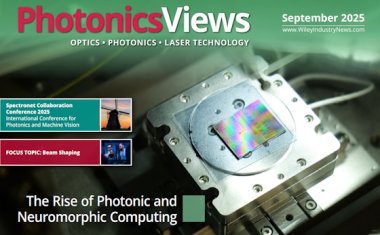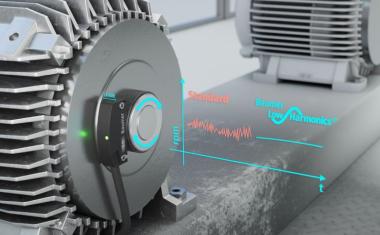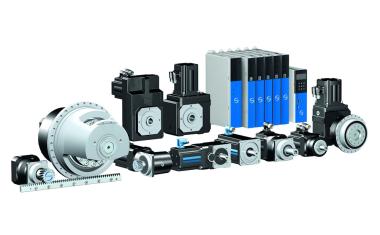Singular Photonics steps into the spotlight at Photonics West
Startup introduces range of sensors with layers of advanced computation to extract valuable information from images.
Singular Photonics emerged from stealth mode, launching next-generation image sensors based on single-photon avalanche diodes (SPADs). A spin-out from the University of Edinburgh, Singular is one of the first companies to bring advanced computation to SPAD-based image sensing, enabling in-pixel and cross-pixel storage and computations at the lowest light levels to reveal previously invisible details of the material world and its photon events. The young company will showcase its products for the first time at next week’s SPIE Photonics West in San Francisco.
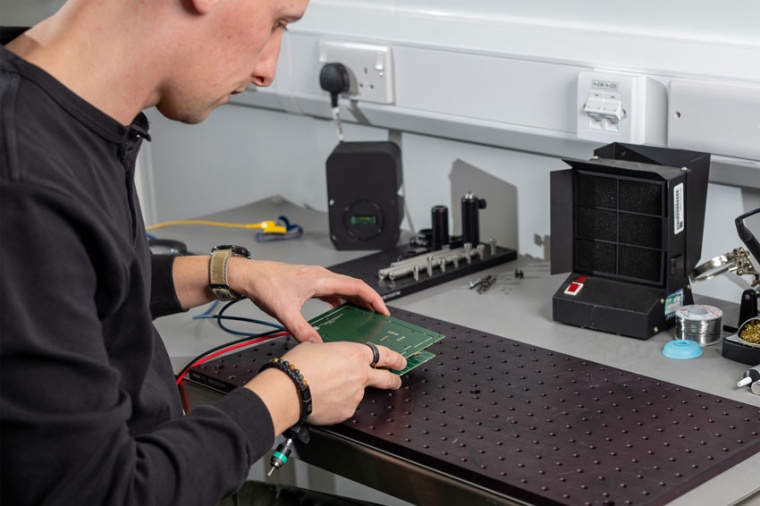
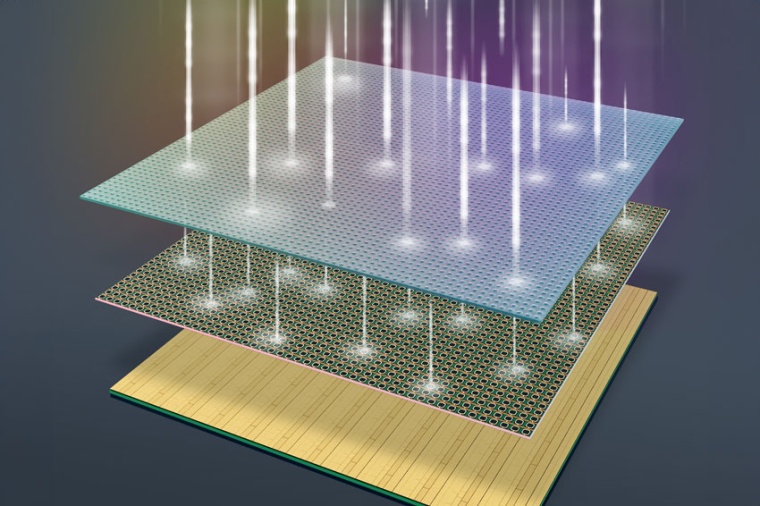
SPADs use the "avalanche" effect in semiconductors to convert light directly into an electrical current, without the need for cooling or amplification. While most commercial SPAD-based image sensors have been limited to time-resolved counting of photons, Singular’s core innovation lies in complex layers of computation beneath 3D-stacked SPAD sensors, comparable to the way FPGAs and GPUs revolutionized parallel computing by conducting high-speed, localized processing.
Prof Henderson leads the University of Edinburgh’s CMOS sensors and systems group. In 2005, he designed one of the first SPAD image sensors in nanometer CMOS technologies, leading to the first time-of-flight sensors in 2013, which today perform an autofocus-assist feature in more than a billion smartphones worldwide.
“There can be no doubt that SPAD sensors are the future of digital imaging, but their use to date in commercial devices hasn’t extended much beyond time-resolved counting of photons,” said Prof Henderson. “Computational cleverness can be the difference. We are building next-generation imaging sensors, where the computation is done digitally at the pixel level – exactly where the photons arrive.”
Simultaneously capturing depth and temporal dimensions to generate 4D images that provide deep, data-rich insights, Singular’s noiseless sensors enable more information to be extracted from light, supporting applications ranging from consumer and automotive electronics to the scientific and medical fields. The company’s approach transforms SPAD sensors into 3D stacked computational engines capable of performing a wide range of sophisticated tasks, such as real-time photon counting, timing, and advanced processing techniques, including in-pixel histograms, statistical analysis and autocorrelation.
Singular is launching with two sensors, both of which are available today: Andarta, developed in collaboration with tech giant Meta, optimized for use in a number of medical imaging modalities, and Sirona, capable of time-correlated single photon counting (TCSPC) for Raman spectroscopy, fluorescence lifetime imaging microscopy (FLIM), time-of-flight, and quantum applications.
Singular has already inked multiple deals for its sensors with some of the world’s leading instrumentation companies, and expects to announce more collaborations in 2025. “We are in a unique position where we already have commercially available products and are generating revenue in our first year of incorporation,” said Shahida Imani, CEO of Singular Photonics. “With new, even more advanced sensors coming to the market in 2025, we are well positioned to lead the SPAD-driven imaging revolution.”
Company
Singular PhotonicsHiggs Centre for Innovation
Edinburgh, EH9 3HJ
UK
most read

Otto wins IERA Award 2025
Rockwell's robot is an AMR solution that can transport heavy loads in factories and operate in robot fleets of over 100 units.

Microvista expands management team with new dual leadership
Dr. Robin Höhne joins company founder Prof. Dr. Lutz Hagner as Chief Executive Officer.

Laser Components: customized laser optics since 1986
Laser Components began coating individual laser optics almost 40 years ago. These are used in laser processes in numerous industries, including medicine, defense and aerospace.

HMS Networks takes over Industrial Communications division from Molex
This strategic acquisition includes intellectual property in hardware and software, a product portfolio with network cards and software stacks, as well as customer relationships in the USA and Japan.

New member of the board of VDMA Robotics + Automation
Dr. Michael Jürgens, CEO of Kuka Robotics, has been appointed to the board of the VDMA trade association.


